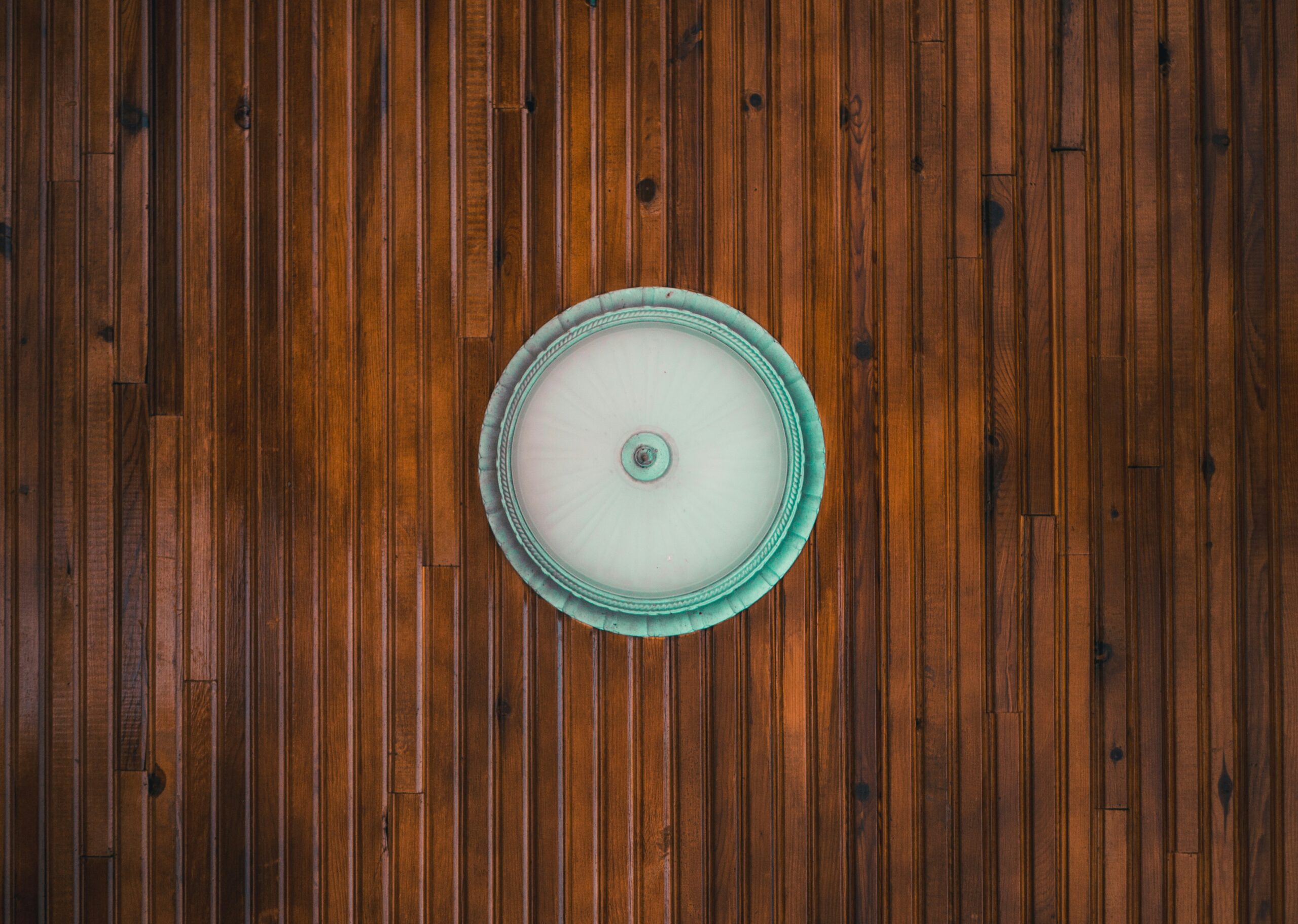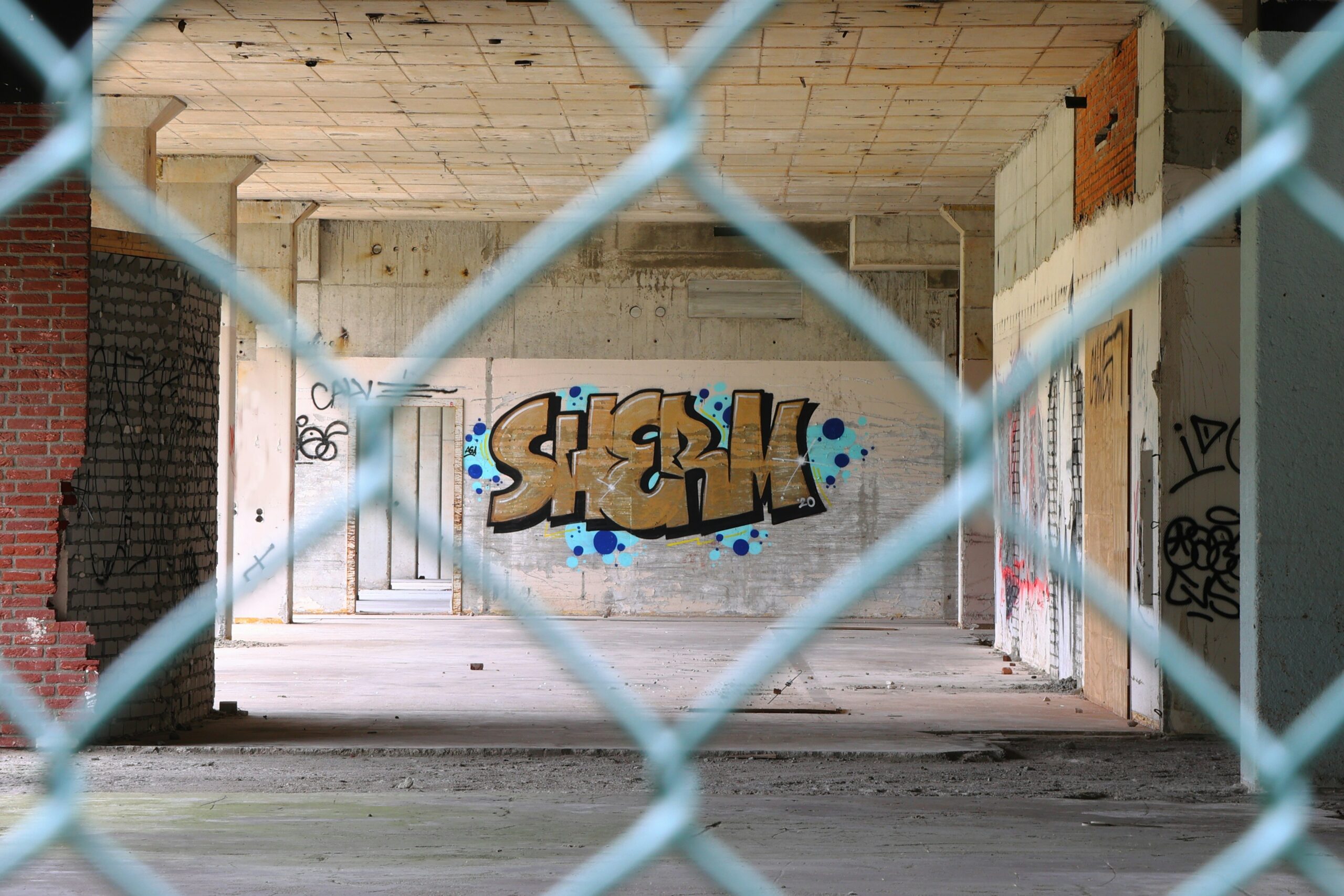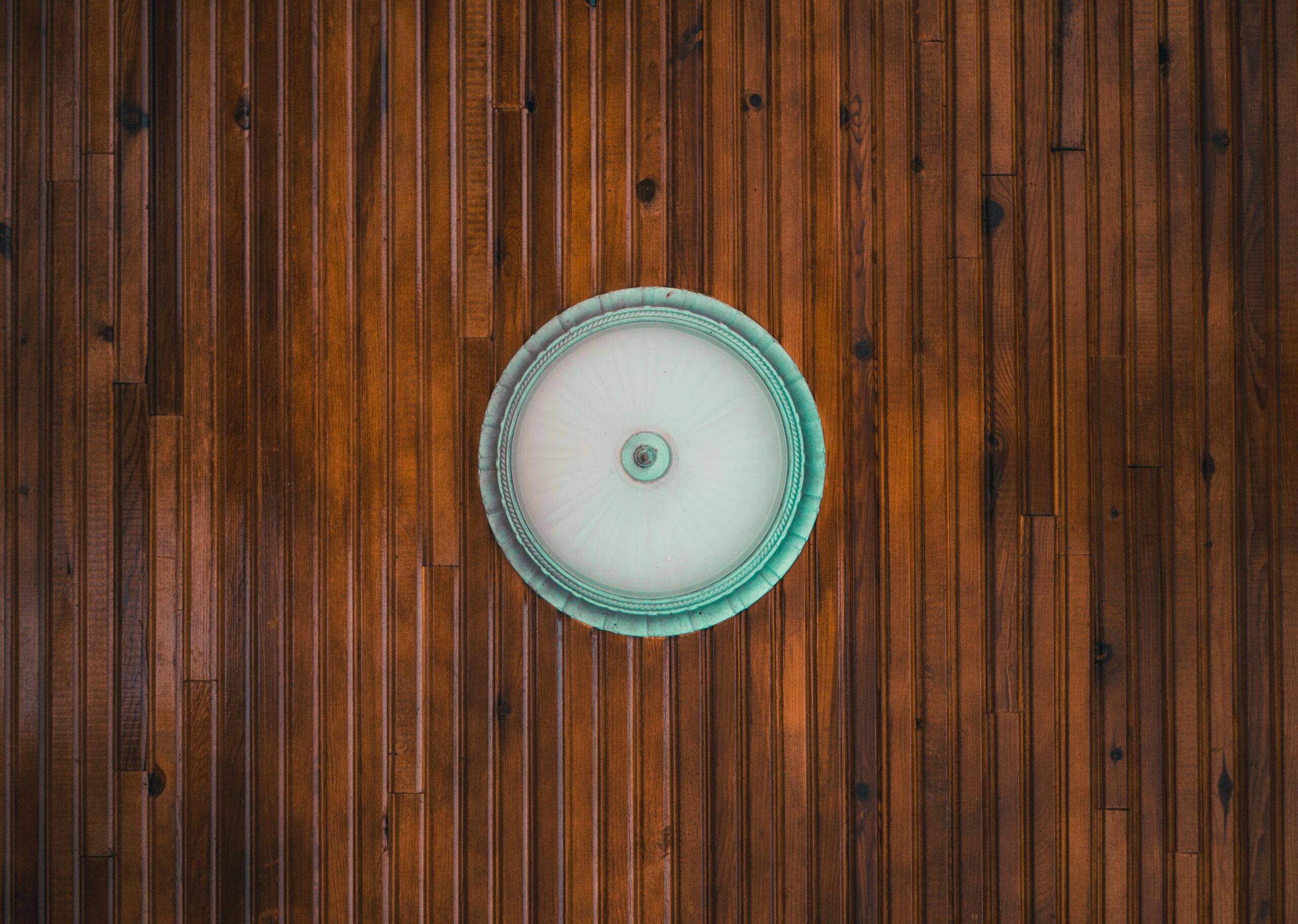Introduction: The Unlikely Artist
Throughout history, prisons have often been regarded as institutions of punishment rather than spaces for personal expression or creativity. However, there exists a profound narrative that unfolds within the confines of these walls, revealing the transformative power of art. Among the individuals navigating this challenging environment is prisoner B-34897, an inmate whose journey toward becoming an artist is both remarkable and enlightening. His story offers insight into how creativity can bloom even in dire circumstances.
Prisoner B-34897, like many others, found himself incarcerated due to a series of choices that ultimately led to his capture and conviction. However, rather than succumbing to despair within the confines of his cell, he channelled his energy into a creative outlet that would not only provide personal solace but also inspire others. His artistic journey began with rudimentary materials available within the prison system and an unwavering determination to express his innermost thoughts and emotions through art.
The process of creating his tile ceiling masterpiece was not merely a diversion; it became a form of self-discovery and personal reinvention. This artistic endeavor stands as a testament to the resilience of the human spirit, illustrating how one can find beauty and purpose even in the most constraining of environments. Through meticulous planning and skilled craftsmanship, prisoner B-34897 transformed a mundane ceiling into an inspiring piece of artistry—a reflection of his experiences, dreams, and aspirations.
As we delve deeper into the artistic journey of prisoner B-34897, we will explore the influences and motivations behind his remarkable work. His experience encapsulates an often-overlooked facet of incarceration: the potential for personal growth and creative expression, which can serve as a beacon of hope for many within the prison system.
The Inspiration Behind the Masterpiece
The artistic journey of prisoner B-34897, culminating in an extraordinary tile ceiling masterpiece, is rooted in a complex interplay of personal experiences, environmental influences, and an innate desire for emotional expression. Within the confines of prison walls, creativity often serves as a form of liberation—a means of transcending the limitations imposed by incarceration. For B-34897, this creative impulse was sparked by a myriad of factors that compelled him to undertake this transformative project.
One significant source of inspiration was B-34897’s own life experiences prior to imprisonment. His fond memories of childhood, particularly those spent creating art alongside family members, played a pivotal role in reigniting his passion for creativity. The warmth and joy associated with those moments contrasted sharply with the challenging environment of prison. Each tile crafted became not only a canvas for artistic expression but also a vessel for nostalgia, allowing him to reconnect with a happier time and channel his emotions through art.
Additionally, the prison environment itself contributed to B-34897’s inspiration. The starkness of the surroundings, characterized by gray walls and limited personal items, underscored a strong need for beauty and vibrancy. The isolation often felt by inmates can foster a yearning for connection and self-expression. B-34897 harnessed this emotional need; the act of transforming a mundane ceiling into a vibrant work of art became a powerful means of reclaiming a sense of agency in a constrained life. Each tile served to infuse color into an otherwise drab existence, transforming both the space and the artist himself.
Ultimately, the confluence of personal history and environmental factors forged a path for B-34897, illustrating how art can emerge from even the most challenging circumstances, providing a poignant reminder of the resilience of the human spirit.
The Process of Creation: From Concept to Reality
The journey of B-34897 in creating his tile ceiling masterpiece began with a simple yet profound concept: transforming an uninspiring prison environment into an engaging and colorful space. Utilizing the limited materials available within the prison, he embarked on a meticulous process that showcased his creativity and resourcefulness. The first step involved sourcing tiles, which were typically remnants from various prison projects. B-34897 collected these fragments, each bearing unique colors and textures, which would form the foundation of his artistic vision.
Next, he devised a design that encapsulated his desire for vibrant aesthetics. Aided by no formal training, B-34897 relied on his imagination and observational skills, often drawing inspiration from nature and art from books borrowed from the prison library. He meticulously sketched his vision onto paper, ensuring that each tile would contribute to a cohesive panorama that transcended the usual bleakness of prison life.
The application of the tiles required careful planning and execution. B-34897 ingeniously utilized a combination of adhesives crafted from simple materials available within the correctional facility. The process demanded patience and precision, as he carefully arranged each tile, ensuring they fit seamlessly to create an inspiring composition that would bring life to the ceiling. This step was not without challenges; he faced obstacles such as limited work time and occasional shortages of materials. However, his determination fueled his progress, allowing him to adapt his techniques and make the most of what he had.
Ultimately, the act of creating the tile ceiling was not merely about aesthetics; it became a symbolic representation of hope, resilience, and the human spirit’s endless capacity for creativity, even in the most constrained circumstances. B-34897’s process of creation provides an insight into how art can emerge from adversity, illustrating the transformative power of creativity within prison walls.
Art as Therapy: Healing through Creativity
Art serves as a powerful form of therapy, especially for individuals who find themselves in the constrained environment of a prison. During their incarceration, many inmates grapple with emotional pain, isolation, and trauma. Engaging in creative activities can help alleviate these struggles by providing a constructive outlet for their feelings. In the specific case of prisoner B-34897, the creation of a tile ceiling masterpiece transcended mere artistic expression; it became a vital part of his healing process.
The act of creating art allows individuals to communicate complex emotions that may be difficult to verbalize. For B-34897, the preparation and execution of his tile ceiling were not only therapeutic in nature but also provided him with a sense of purpose and accomplishment. Such activities help mitigate feelings of hopelessness and despair that can easily arise in a correctional setting. Moreover, as the creative process unfolds, it encourages mindfulness, leading to improved mental well-being.
Research indicates that participation in art programs within correctional facilities can lead to significant behavioral improvement and emotional regulation among inmates. Programs that incorporate various forms of art, including visual arts, music, and creative writing, have been proven to play a crucial role in rehabilitation. By allowing inmates to explore their creativity, these initiatives foster self-expression and enhance coping skills.
Furthermore, art as therapy can bridge the gap between individuals and their emotions, creating pathways for personal insight and growth. For B-34897, engaging in this creative journey was not just about transforming raw materials into a beautiful ceiling; it was about changing his narrative and finding a healing refuge within the confines of prison walls. The broader implications of such artistic endeavors highlight the necessity of art programs in correctional facilities as indispensable tools for promoting mental health and facilitating rehabilitation.
The Role of Community and Support
The journey of creativity often thrives in the most unexpected environments, and for prisoner B-34897, the walls of confinement became a canvas for his artistic expression. Central to this development was the community that emerged around him, comprising fellow inmates, prison staff, and external advocates, all of whom played crucial roles in nurturing his talent and determination. This support system acted as a catalyst, fueling B-34897’s artistry despite the challenges posed by his incarceration.
Fellow inmates contributed significantly to B-34897’s creative process by providing encouragement and constructive feedback. In the often isolating atmosphere of a prison, camaraderie can be sparse. However, the shared experience of carceration fostered a sense of unity among the inmates, allowing them to find common ground through their respective artistic endeavors. This camaraderie was instrumental, as inmates would gather to critique and appreciate each other’s work, thus creating an environment where creativity could flourish. This mutual support often inspired B-34897, allowing him to push his limits and explore innovative techniques in his tile ceiling project.
Moreover, the prison staff’s approach to B-34897’s artistic pursuits reflected a progressive attitude towards rehabilitation. Encouraged by staff members who recognized the therapeutic potential of art, B-34897 was provided with the necessary materials and resources to complete his masterpiece. This included access to workshops and mentorship from art-inclined staff, which fostered a creative space within the confines of the prison. The validation and assistance he received illustrated an essential recognition of the positive influence creativity can have as a form of rehabilitation.
Finally, external advocates, including art organizations and community leaders, also played a pivotal role in amplifying B-34897’s journey. Through their support, opportunities were created for him to showcase his work beyond the prison walls, thereby integrating him into a larger community that acknowledges artistic expression as a vehicle for change. This network of encouragement not only inspired B-34897 but also exemplified how community can impact personal growth even in the most challenging circumstances.
The Impact of Art on Incarcerated Lives
Art serves as a vital form of self-expression for incarcerated individuals, offering them a powerful outlet to convey emotions, thoughts, and experiences that might otherwise remain unarticulated. Within the confines of prison walls, where many feel a sense of isolation and hopelessness, engaging in artistic endeavors can foster a renewed sense of identity and purpose. The creative process allows inmates to explore their feelings and confront the realities of their past decisions, which can be instrumental in personal rehabilitation.
Moreover, the act of creating art can facilitate emotional healing. Many studies have shown that artistic activities lead to improved mental health outcomes for those behind bars. Participation in art programs has been linked to reductions in anxiety, depression, and aggression among inmates. These benefits underscore the therapeutic nature of art, providing inmates with coping mechanisms for the challenges they face during incarceration. By channeling their emotions into artistic creation, prisoners can achieve a sense of control and agency over their lives, which is often diminished in a correctional environment.
Additionally, art possesses the unique capability to challenge societal perceptions of prisoners. When individuals behind bars create and showcase their artwork, they can break the stigmas associated with their status as inmates. Through exhibitions and community engagement, artwork produced by incarcerated individuals invites the public to view them in a new light—beyond their crimes and convictions. This has the potential to inspire dialogue about redemption, humanity, and the capacity for change within those who have made mistakes in their lives. Ultimately, art not only impacts the personal growth of incarcerated individuals but also encourages broader social introspection and empathy toward those in the prison system.
Public Reception: From Incarceration to Art Exhibit
The unveiling of Prisoner B-34897’s tile ceiling masterpiece marked a significant turning point in public perception regarding the capabilities of incarcerated individuals. The artwork, which embodies a unique blend of creativity and resilience, garnered extensive media coverage, illuminating the often-overlooked talents of those behind bars. News outlets highlighted the emotional depth and intricate craftsmanship of the piece, capturing the attention of a diverse audience eager to challenge preconceived notions about prisoners.
Community engagement played a crucial role in the public reception of the artwork. Local art organizations and community leaders organized exhibitions and discussions centered around the significance of art in prisons. This collaborative effort not only provided a platform for B-34897’s work but also facilitated dialogues about rehabilitation and the transformative power of creativity. Citizens felt motivated to participate, acknowledging the positive impacts that art can have on individuals within the prison system.
The significance of displaying such artwork transcends mere aesthetics; it serves as a poignant reminder that creativity can thrive even in the most challenging circumstances. Viewers expressed feelings of empathy and admiration, acknowledging the dedication and emotional investment evident in each tile. As members of the community interacted with the piece, discussions emerged regarding the broader implications of art as a medium for healing and understanding.
This reception is indicative of a shift in societal attitudes towards incarcerated individuals and the talents they possess. By showcasing B-34897’s tile ceiling masterpiece, society begins a conversation about the potential for transformation and redemption. The art exhibit not only afforded B-34897 the recognition he deserves but also paved the way for a deeper understanding of the human experience within the prison system.
Lessons Learned: Inspiration from the Least Likely Sources
The narrative surrounding Prisoner B-34897 encapsulates the profound idea that inspiration can emerge from the most unexpected places. Often, society tends to view individuals incarcerated as merely their past actions, failing to recognize the inherent potential for creativity and resilience that exists within them. B-34897’s tile ceiling masterpiece is a poignant illustration that creativity can flourish, even under the most stringent conditions. This story encourages a shift in perspective, fostering the belief that all individuals possess unique talents and the capacity for artistic expression, despite their circumstances.
Recognizing one’s potential for creativity, especially in marginalized communities, can serve as a powerful catalyst for change. The act of creating art can provide individuals with a sense of purpose and identity, often lost in the confines of a correctional facility. By embracing artistic endeavors, inmates may discover new methods of self-expression and communication, transforming their experiences into something tangible and beautiful. B-34897’s journey from prison walls to artistic acclaim reinforces the notion that creativity can act as a vehicle for healing and transformation.
Furthermore, B-34897’s story prompts society to acknowledge the various dimensions of human experience. By illustrating that art can emerge from adversity, it challenges the stigma often attached to prisoners and urges a more compassionate understanding of their situations. Each narrative holds the potential to inspire those outside of such environments to reconsider their outlook on creativity and the barriers that can inhibit it. When individuals are empowered to explore their creative talents, they contribute to a broader cultural dialogue that transcends the confines of their existence, offering hope and motivation to others facing similar difficulties.
Conclusion: A Masterpiece of Resilience
The story of prisoner B-34897 and his remarkable tile ceiling masterpiece serves as a powerful testament to the resilience of the human spirit even in the direst of circumstances. Through the creative expression of art, B-34897 not only transformed a mundane prison space but also carved a pathway for personal redemption and hope. His commitment to creating beauty amidst confinement illustrates the transformative power of artistic endeavors.
Art has often been acknowledged as a profound medium that allows individuals to communicate their innermost thoughts and feelings. In B-34897’s case, the intricate tile ceiling emerged as a symbol of both aspiration and defiance, capturing a glimpse of life beyond the prison walls. This artistic undertaking highlights the importance of creativity in mitigating the psychological effects of incarceration and instilling a sense of purpose. The act of creating art often facilitates emotional healing and fosters connections to the outside world, which can be pivotal for those facing isolation.
Moreover, B-34897’s story addresses broader themes of hope and resilience faced by many individuals within the prison system. His journey serves as a reminder that, regardless of one’s circumstances, the pursuit of creativity can ignite a sense of agency and empowerment. The impact of his artwork extends beyond personal transformation; it beckons society to reconsider the narratives surrounding incarcerated individuals, emphasizing their capabilities and potential for rehabilitation.
Ultimately, B-34897’s tile ceiling masterpiece encapsulates the enduring spirit of creativity that thrives even within the confines of a prison. As we reflect on his journey, it is clear that art can indeed become a lifeline, fostering resilience and illuminating pathways toward healing and redemption. Through this lens, the significance of creativity behind bars is invaluable, advocating for continued understanding and support for artistic expression in various forms.









